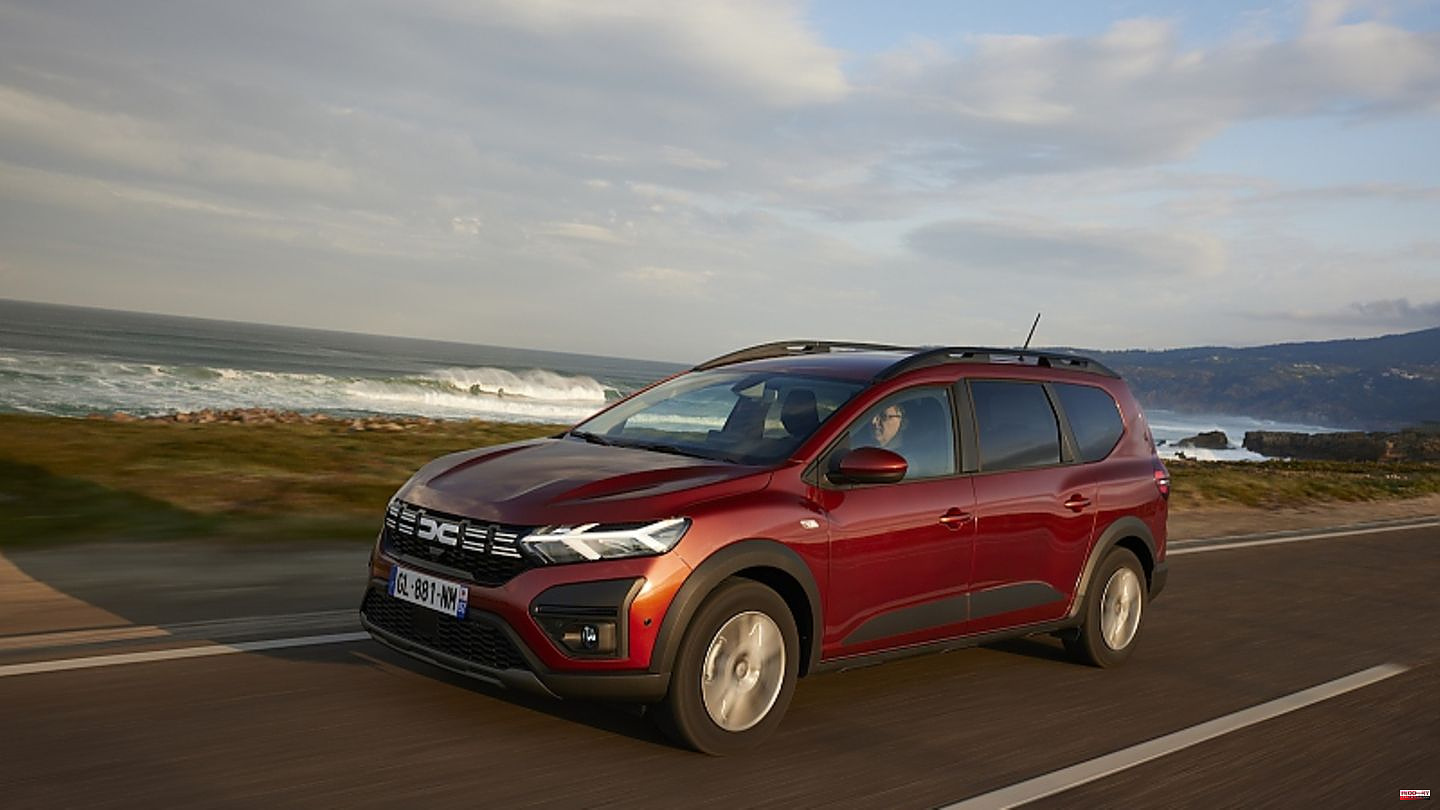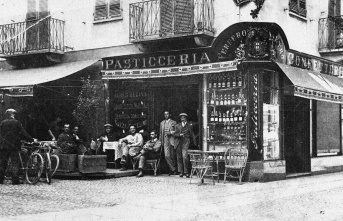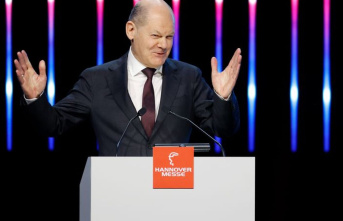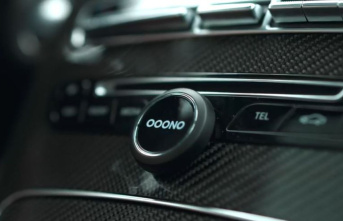"In the 18 years that the brand has been present in Germany, we have sold more than 800,000 vehicles and with the forthcoming expansion of the product range we want to improve our position in what is currently the third largest market in Europe for Dacia," smiles Thilo Schmidt, Managing Director of the Renault Group Value Brand The Jogger family model is based on the variable CMF-B platform, which is also used by models such as the Renault Clio or the Dacia Sandero, and features McPherson struts at the front and a torsion beam at the rear together with the rear drum brakes underlines the technical simplicity of the Jogger Hybrid.The hybrid system itself is borrowed from the Renault Clio E-Tech and consists of a naturally aspirated 1.6 engine with 71 kW / 94 HP, which comes from Nissan and for efficiency reasons in the Atkinson cycle works, an electric motor with 49 hp for the drive and a second electric motor with 15 kW / 20 hp, which acts as a starter generator r serves. Overall, the almost 1.5 ton Dacia delivers 104 kW / 141 hp and a maximum torque of 205 Nm.
The three energy sources are connected to the front wheels via a conventional automatic transmission, which, however, does not require a clutch or synchro. The first electric motor sets the drive in motion electrically and the car drives up to a speed of 70 km/h without emissions, unless the driver presses the right pedal further. In this case, the starter generator turns on the petrol unit and the powertrain works in hybrid mode. However, the hybrid jogger can travel a maximum of four kilometers purely electrically, before the battery with its capacity of 1.2 kWh gives up. The battery pack is housed largely out of sight in the spare wheel well, which means that the Jogger's luggage volume is between 160 and 1,807 liters.
With the two main drives, the Dacia Jogger Hybrid 140 is always fast enough. Of course, 0 to 100 km/h in ten seconds and a top speed of 167 km/h are not really fast, but there are undoubtedly better vehicles for left-lane motorway fans. The functioning of the gearbox affects the overall impression, but the Dacia does not drive much more sluggishly than the Clio E-Tech with a similar drive. The B drive program works differently than you are used to from other "one-pedal drives" because the automatic braking effect is manageable. The transmission sometimes works jerkily and inconsistently, so that even experienced drivers are surprised. Sometimes it revs the engine causing extra noise and unexpected acceleration, other times it delays the upshift significantly more than desired. Product Manager Didier Michaud: “It's not just a feeling you have, it's actually how the gearbox works. If the battery isn't fully charged, the system can decide to shift from fourth to second gear and then you have the acceleration and extra noise you mentioned. But that is exactly the case with Renault vehicles like the Arkana, Captur and Clio that use this hybrid powertrain.”
On the other hand, the Jogger's handling fits perfectly with its overall concept: it's easy and hassle-free. The suspension is rather soft and allows a noticeable body roll when you want to go faster on roundabouts or corners. The steering is quite sluggish and gives hardly any feedback from the road itself. There are no special driving modes, just an eco button, which makes the response of the drive even more tiring and not better.
As is standard in the class, the dashboard and door panels are finished in hard plastic as in every Dacia, and the use of fabric only serves to reduce the dominance of black plastic. The glove box lid falls down when opened, while there is no lighting. The instrument panel, on the other hand, features a seven-inch digital display created specifically for this hybrid version, without a tachometer. On the higher trim levels, there's a metal finish on the climate control controls, which look and feel better than the plastic controls on the entry-level variant. The central eight-inch touchscreen is simple but easy to use - sufficient for Android or Apple devices.
The great strength remains the space, because the headroom is generous in all three rows. This also applies to legroom, while passengers in the second row of seats sit 5.5 centimeters higher than in the first, allowing for a better view of the outside. Access to the second row is also easy thanks to the wide-opening doors, and passengers are pleased to find that there's hardly any transmission tunnel stealing space from the middle passenger's feet. With just a few movements, the backrests can be easily folded down and the entire seat can be brought into a vertical position so that passengers can easily climb into the third row. Even at the back there are armrests and adjustable headrests, which has a pleasant effect on the quality of stay.
Prices for the Dacia Jogger Hybrid 140 start at 23,800 euros, to which 1,000 euros must be added for the possible seven-seater. That's €6,600 more than the entry-level Jogger TCe 110, making it a more sensible choice for users who drive mostly around town and can benefit from significantly lower fuel consumption in this environment. During our test drive, more than a third of us were driving purely electrically and had an average consumption of 5.9 liters of Super per 100 kilometers.







